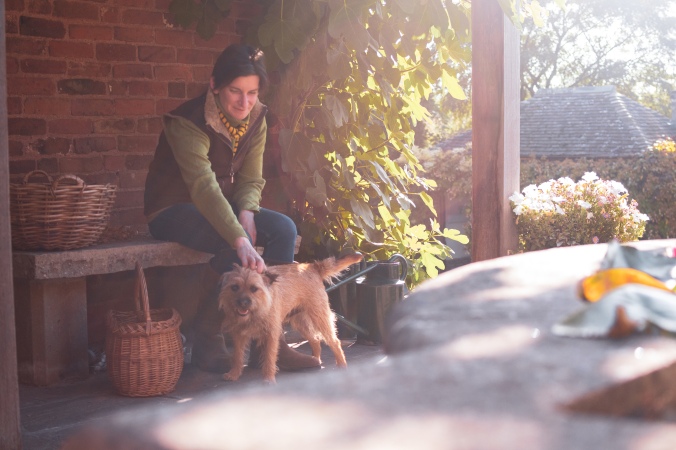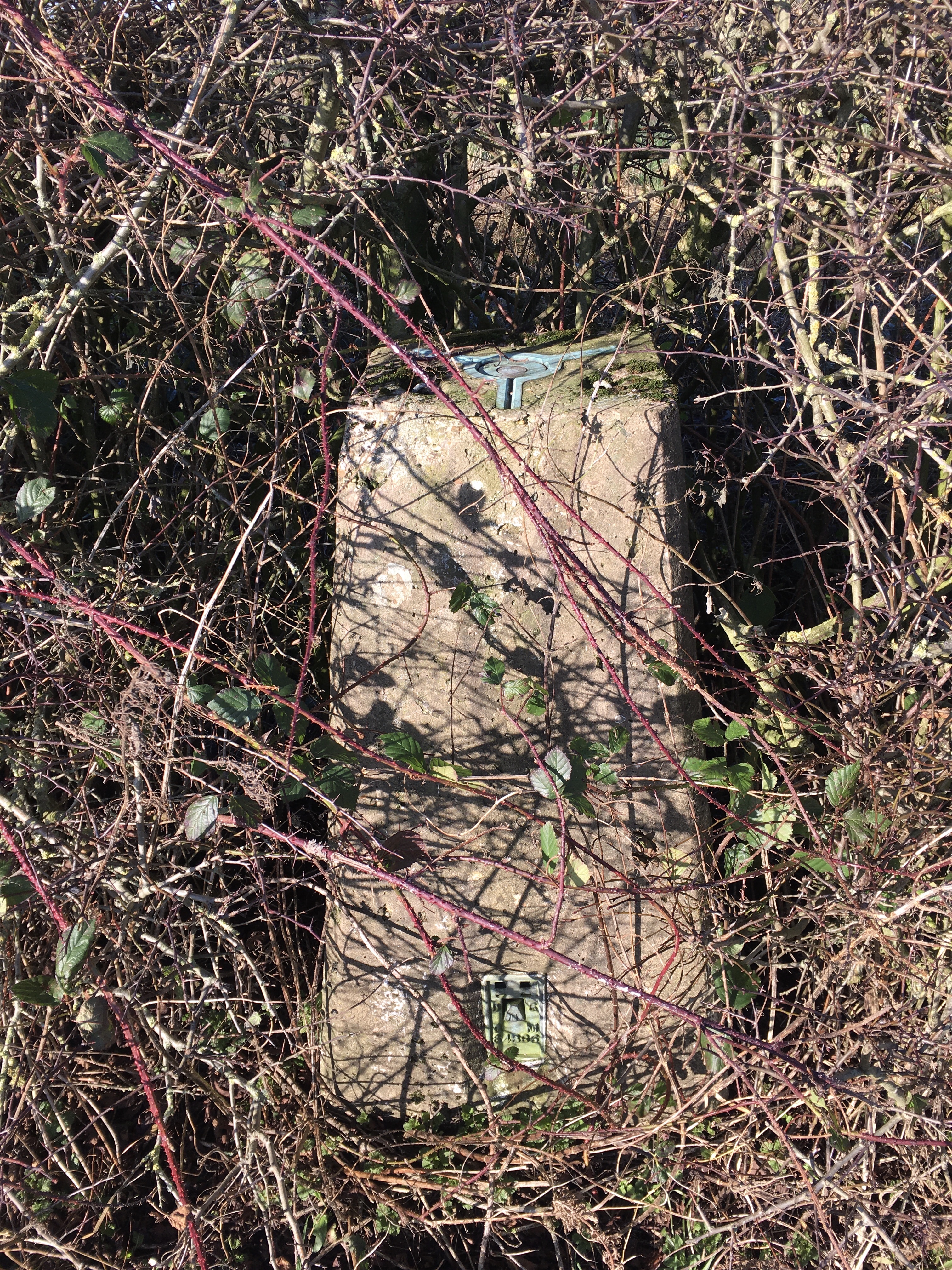
We had beautiful sunny weather for precisely ten minutes today. I ran out, opened the summerhouse doors, took some deep breaths of lovely fresh air. And then it snowed. That was the end of my time in the garden. Me and the cat ran back inside.
I’m sharing six photos of snowdrops, as this is the last day for them here. The snow will finish the snowdrop season in my garden, but it has been a lovely long spell. Snowdrops opened early in the mild temperatures, and they’ve stood up well to the rain, being under flood water several times in the past few weeks.

My favourite snowdrop Galanthus Madeleine has been stunning again this year. I bought it three years ago from Thenford Gardens. I shared a pot of six bulbs with a friend. It’s the most I’ve ever paid for a pot of snowdrops, but it was worth it. This year, I had nine flowers and plenty of extra leaves which shows it is happy and spreading. Pictured above are some of them on show in the potting shed. I love the way the petals fold around each other like the wings of a bee. So delicate.

Here is Madeleine fully open on the potting shed windowsill. It’s a very pretty snowdrop at all stages. The yellow markings are brighter in sunnier situations, and bulbs don’t like to be too wet.

Viridapice is another snowdrop I love. It has such pretty delicate lime green markings. Another good do-er. It is spreading nicely under the ash trees in the wild garden.

Living on the boundary between Leicestershire and Nottinghamshire, I felt I had to have Galanthus Robin Hood. I’ve been many times to Sherwood Forest where Robin and his merry men are said to have lived. This snowdrop got its name from the crossbow X- shape green markings. It’s a very tall snowdrop and I have it at the top of the garden so you’ll pass by on the way to the back fields footpath. I have Galanthus Little John nearby, and I’m searching for a snowdrop called Maid Marian to complete the trio. They make me smile every time I see them.

Regular readers will know that I’m a bit lackadaisical with labelling. Sadly I’ve lost the name of this beauty. Maybe a reader will know what it’s called. Isn’t it striking though, with three petals spreading out like wings.

Quite honestly, I’m just as happy with our native snowdrop Galanthus nivalis. Plain and simple. It’s gorgeous.
I hope you’ve enjoyed this weekend snowdrop tour. I also hope you are having better weather than us at the moment. We’ve had a week with 12 Environment Agency flood alerts in one day. The greenhouse has flooded more times than I can count. I just keep sweeping the mud and water out of the door. I’ve never known a winter like it.
Please leave a message below to let me know what your gardens look like right now. How are you coping with the deluge?
Thank you for reading and please feel free to share on any social media platform as it all helps. I don’t pay for any promotions of any kind. I simply rely on your kindness in commenting and spreading the word. Scroll down for the comments box, right at the bottom of the blog post.
Links: snowdrops from Easton https://www.visiteaston.co.uk/visit/opening-times-and-prices
Madeleine, https://jacquesamandintl.com/product/plicatus-madeleine/
Viridapice https://www.crocus.co.uk/plants/_/galanthus-nivalis-viridapice/classid.2000008237/
Robin Hood https://www.harveysgardenplants.co.uk/product/galanthus-robin-hood/
Sherwood Forest https://www.visitsherwood.co.uk/about-robin-hood/


































































